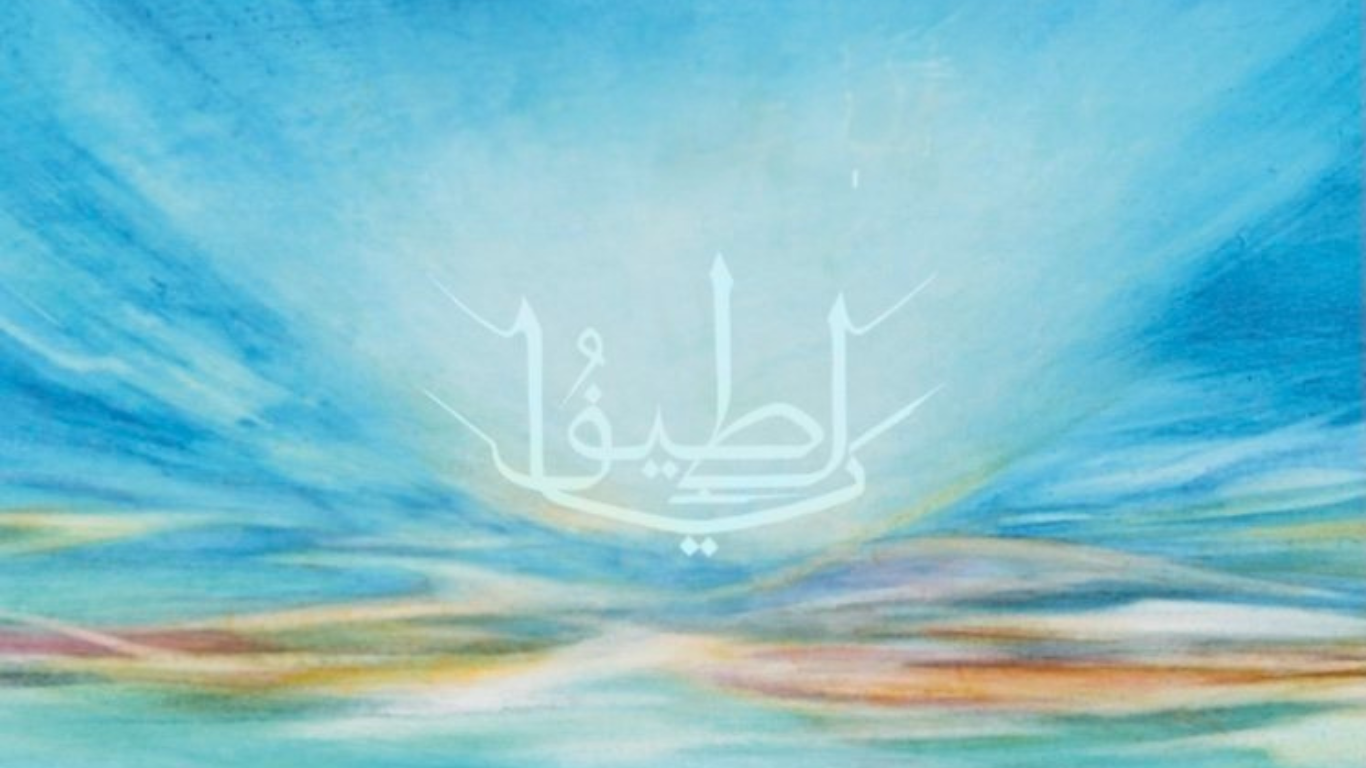

“Once the heart is healed, everything heals.”
بِسْمِ ٱللَّهِ ٱلرَّحْمَٰنِ ٱلرَّحِيمِ
In the Name of Allah, the Most Merciful, the Most Compassionate
HADRA Music of the Soul
is a music group deeply rooted in ancient Islamic healing traditions, tracing
back to the Islamic Golden Age of Al-Andalus (8th -13 th centuries) and the practices of Sufism. Our
unique approach blends maqam (oriental musical scales) with the power of Divine Names from the
Sufi tradition, in order to create a profound experience that balances body, emotions, mind, heart
and soul, bringing harmony and healing while opening the heart.
Experience the healing music sessions live with Hadra-Music of the Soul
THE ALBUM
Taksims, the colors of our music: Our album includes some taksim, a form of free improvisation,
played in a selected maqam and on instruments of various timbres. Each maqam is a whole world in
itself, and carries specific healing qualities. The different timbres of the instruments colour the
landscapes with a variety of sonorities and touch different aspects of our being.
Divine Names: Vocal compositions, written by Clémence Malak Hazaël-Massieux are inspired by the Divine Names from the Sufi tradition. Each Divine Name reflects a quality we embody. Chanting the Names activates their vibration within the musicians and the listeners, fostering awareness and healing. The Divine Names chosen by Fawzia Al-Rawi resonate with the subject of the maqam and amplify the healing experience.
The Presence: The musicians, in a meditative state, allow the music to emerge spontaneously from within, becoming a channel for Divine inspiration and an anchor of healthy resonance so that healing may take place. From the place of deep presence known as hadra, their music flows like a river of
light, restoring balance, dissolving obstacles and evoking a sense of harmony, comfort, love and
peace. In the pulse of their collective rhythm, they discover a shared heartbeat that echoes the very
essence of humanity.
THE MAQAM
Maqam Segah is traditionally used to alleviate stress, anxiety, and agitation. It evokes a sense of devotion and stirs a deep longing for spiritual connection. The healing is enhanced by the use of the Divine Names Yā Hayy, Yā Laṭīf, Yā Mujīb.
Maqam Ushaq is said to create a feeling of relaxation. It is a beautiful expression of love, devotion and longing. Its soothing effects are beneficial for those who have difficulties sleeping. In this piece, the invocation of the Divine Names Yā Ra’ūf, Yā Jalīl enhances the healing process, specifically targeting joint pain and diseases, thus mirroring the therapeutic effects of the maqam itself.
Maqam Nahawand with the Divine Names Yā Khāfiḍ, Yā Rāfi, Yā Ḥafīẓ, Yā Allāh is said to have a beneficial effect on blood circulation and illnesses related to blood pressure. This maqam creates a balanced emotional atmosphere, blending a feeling of melancholy with a sense of comfort.
Maqam Rast with the Divine Names Yā Ghanīy, Yā Muta’ālī is traditionally used to help relieve headaches. This maqam is fundamental in the oriental world and it gives a sense of stability, clarity and emotional grounding. Rast means straightforward and right. It also induces joy, relaxation and internal composure.
Album credits:
Clémence Malak Hazaël-Massieux: violin, voice, composition
Veronika Rahime Winkler: rebab, voice
Judith Jalila Bomheuer-Kuschel: ney, voice
Asim Chalabi: oud
Amir Wahba: daf, riq, keys
Annerose Amira Jost: water sounds, voice
GRATEFUL THANKS
This album is born thanks to the initial inspiration given by Taya Mâ in 2023 and to Fawzia Al-Rawi’s support and unconditional love.
We have drawn our inspiration from the Sufi knowledge of the Healing Divine Names taught to us by the Sufi teacher Fawzia Al-Rawi. We are deeply grateful to her for her precious teachings, her love and her constant support. We are very thankful to the late Dr Rahmi Oruç Güvenc, Sufi teacher and musician. We were able to draw on his work reviving the ancient knowledge of the healing qualities of the maqam. We would also like to thank Michael Bachmeier-Ekşi for documenting Dr Güvenc’s complete work into beautiful, precious books.
This project would not have been possible without Damien Giromella’s fine recording and sound engineering work, and Mathieu Bameulle’s accomplished mastering. Last but not least, special thanks for the beautiful work of Irene Amouna Weingartner (artwork), Fahd Kartibou (calligraphy) and Diane Hazaël-Massieux (artistic design and final layout).
THE INSTRUMENTS
In our music, the violin (كمانجة) is the bridge between different traditions that opens new musical
horizons, carrying us from the activity of the world into inner contemplation and the subtle realm of
the unseen.
The rebab (رباب) is a three-stringed fretless spike fiddle. It lends our music a subtle, heavenly and
timeless voice, calling and inviting the listeners to an inner journey into a place of vastness and
quietness.
The ney (ناي) is a reed flute which is found in various forms in many continents. Its breathy sound
accompanies the meditation of the heart and invites into the present moment.
The oud (عود), with its beautiful resonance, brings another facet of the Orient through its inspired
taksim, drawing the listeners into their deepest emotions while grounding them.
The daf (دف) harmonises with the water sounds. In our music, it holds a repetitive, trance-like rhythm
that induces a state of relaxation in the mind and the soul, thus bringing about presence, emotional
healing, as well as a state of spiritual balance and peace.
The water bowls evoke the healing sounds of the water at the time of Al-Andalus when every
hospital had a garden with a fountain. Water resonates with all the fluids in our body, bringing
serenity and relaxation to the listeners